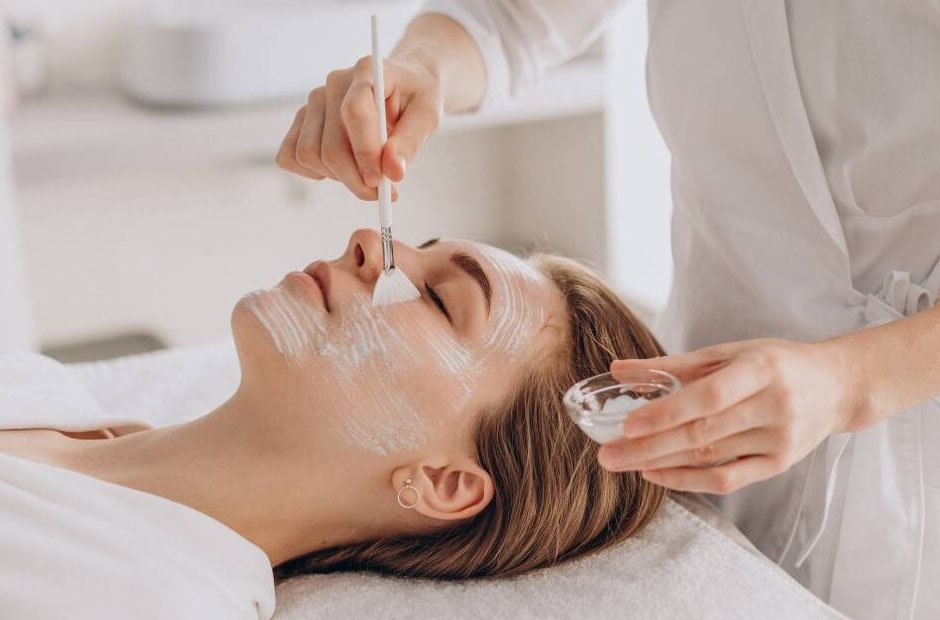There’s something a bit ironic about sitting in a dermatologist’s office, listening to recommendations about sun protection, while wondering what’s actually sitting on their bathroom counter at home. Do they follow their own advice? Are they using the same drugstore SPF 30 they suggest to patients, or is there a whole different tier of products they reach for when no one’s watching?
Turns out, the gap between clinical recommendations and personal choices is wider than most people realize. Dermatologists tend to be pretty practical when advising patients—they know that an affordable sunscreen someone will actually use beats an expensive one that stays in the drawer. But when it comes to their own skin? That’s where things get interesting.
The Professional Standard vs. Personal Preference
Here’s what happens in most dermatology appointments: patients get told to use broad-spectrum SPF 30 or higher, reapply every two hours, and make sure it’s water-resistant if they’ll be sweating or swimming. Solid advice. But it’s also the baseline, the minimum effective standard that works for the general population.
What dermatologists use themselves often goes several steps beyond that baseline. They’re not just thinking about preventing sunburn or reducing cancer risk (though obviously those matter). They’re thinking about photoaging, pigmentation, inflammation at the cellular level, and how their sunscreen interacts with the other products in their routine. The difference shows up in ingredient quality, formulation technology, and yes, price point.
Most skin experts gravitate toward products with higher concentrations of active ingredients and more elegant formulations that don’t interfere with makeup or leave that chalky film. They want something that feels good enough to reapply without thinking twice about it. And they’re willing to pay for that experience because they understand the long-term math—spending more upfront on quality protection costs less than treating sun damage later.
What’s Actually in Their Medicine Cabinets
The sunscreens dermatologists choose for themselves tend to share a few common characteristics. First, they’re almost always mineral-based or use newer chemical filters that have better safety profiles and broader protection. Zinc oxide and titanium dioxide show up a lot, but in micronized formulations that don’t leave you looking like a ghost.
Second, many of these products do double duty. A dermatologist’s sunscreen might also contain antioxidants like vitamin C or niacinamide, which help fight free radical damage on top of the UV protection. Some include peptides or ceramides to support the skin barrier while protecting it. The logic is simple: if you’re going to put something on your face every single day, it might as well do more than one job.
Third, texture matters more than most people think. Dermatologists know that the best sunscreen is the one you’ll actually wear, which means it needs to feel good. That’s why options like crystal tomato sunscreen have gained traction among professionals who want something that layers well under other products without pilling or feeling heavy. When protection comes in a formula that works with your routine instead of against it, compliance stops being an issue.
The Reapplication Reality
Everyone knows you’re supposed to reapply sunscreen every two hours. In practice, almost nobody does this unless they’re at the beach. Dermatologists are no exception—they just plan around it differently.
Most keep a separate sunscreen in their car, office, and gym bag. They choose formulas that work over makeup for midday touch-ups, like powder sunscreens or sprays (though they’ll be the first to tell you these work better as supplements to morning application rather than replacements). Some use tinted moisturizers with SPF for reapplication since they can blend seamlessly over whatever’s already on their face.
The other trick is layering protection. Dermatologists often combine sunscreen with other photoprotective measures—wide-brimmed hats, UV-blocking sunglasses, even supplements with antioxidants that help defend against oxidative stress from sun exposure. They’re not relying on sunscreen alone to do all the work, which takes some pressure off perfect reapplication.
Where the Investment Makes Sense
Not every expensive skincare product is worth the money, but dermatologists generally agree that sun protection is one area where upgrading can make a measurable difference. The gap between a basic $8 sunscreen and a $50+ formulation isn’t just marketing—it shows up in how the product performs under real-world conditions.
Higher-end sunscreens typically use more stable UV filters that don’t break down as quickly in sunlight. They often include additional protective ingredients that address multiple types of damage beyond UV rays (think infrared radiation and visible light, which also contribute to aging). And they’re formulated to maintain their SPF rating even when you’re not applying quite as much as you should (though that’s not an excuse to skimp on quantity).
The cosmetic elegance factor also matters for consistent use. A sunscreen that feels greasy or leaves a white cast might get used sporadically at best. One that disappears into skin and plays nicely with makeup is more likely to become a non-negotiable part of the morning routine. Dermatologists understand that behavioral compliance is half the battle, so they choose products that remove friction from the process.
What This Means for Everyone Else
The takeaway here isn’t that everyone needs to drop serious money on dermatologist-grade sunscreen. But it does suggest that thinking about sun protection the way skin experts do—as a long-term investment rather than a daily chore—might shift how products get chosen and used.
For most people, the sweet spot is finding a sunscreen that checks three boxes: broad-spectrum protection with at least SPF 30, a texture that doesn’t make you dread putting it on, and a price point that doesn’t make you ration it too carefully. If that’s a $15 bottle from the drugstore, perfect. If it’s a $60 tube that gets used reliably every single day, that’s probably still a better investment than the cheap option that stays in the drawer.
The gap between what dermatologists recommend publicly and what they use privately isn’t about being hypocritical. It’s about understanding that baseline protection is better than no protection, while also recognizing that there are levels beyond the baseline that offer additional benefits. Most people don’t need to obsess over having the absolute best sunscreen on the market. But knowing what’s possible—and what professionals choose when they have their pick of options—makes it easier to make informed decisions about where to spend money and attention in a skincare routine.
Sun protection doesn’t have to be complicated. It just has to be consistent. And when the product feels good enough that applying it becomes automatic rather than a conscious decision, that’s when it actually starts working the way it’s supposed to.



